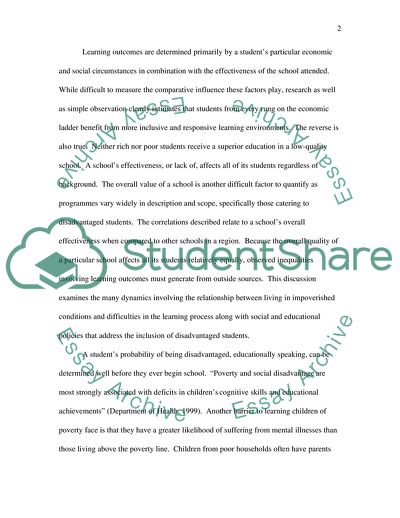Cite this document
(Inclusive Learning: How Poverty Impacts Education Term Paper, n.d.)
Inclusive Learning: How Poverty Impacts Education Term Paper. https://studentshare.org/education/1704647-inclusive-learning-how-poverty-impacts-on-learning
Inclusive Learning: How Poverty Impacts Education Term Paper. https://studentshare.org/education/1704647-inclusive-learning-how-poverty-impacts-on-learning
(Inclusive Learning: How Poverty Impacts Education Term Paper)
Inclusive Learning: How Poverty Impacts Education Term Paper. https://studentshare.org/education/1704647-inclusive-learning-how-poverty-impacts-on-learning.
Inclusive Learning: How Poverty Impacts Education Term Paper. https://studentshare.org/education/1704647-inclusive-learning-how-poverty-impacts-on-learning.
“Inclusive Learning: How Poverty Impacts Education Term Paper”. https://studentshare.org/education/1704647-inclusive-learning-how-poverty-impacts-on-learning.


